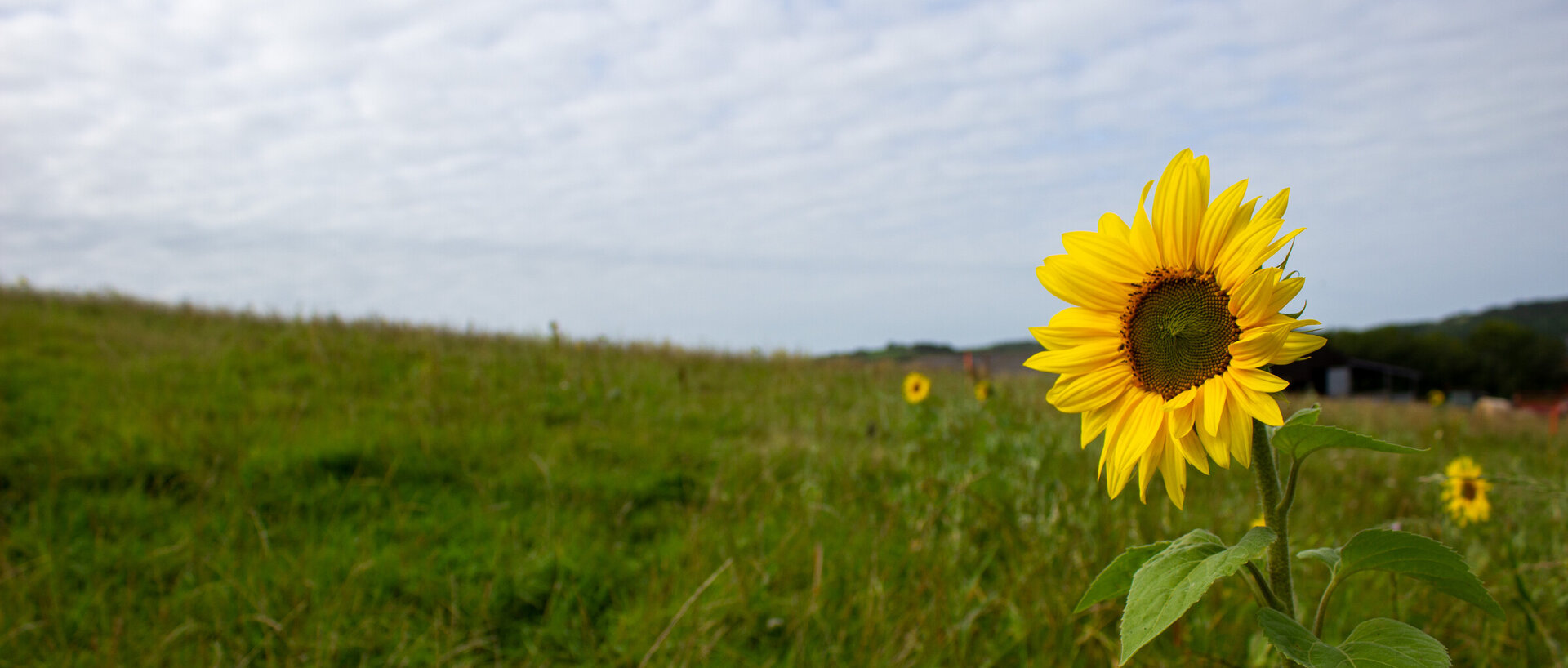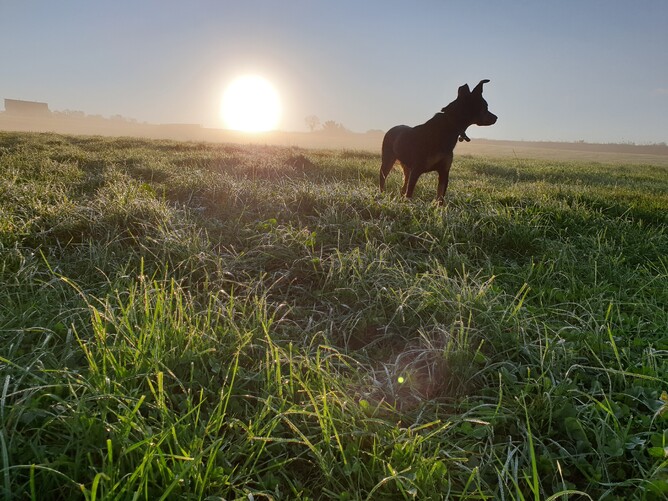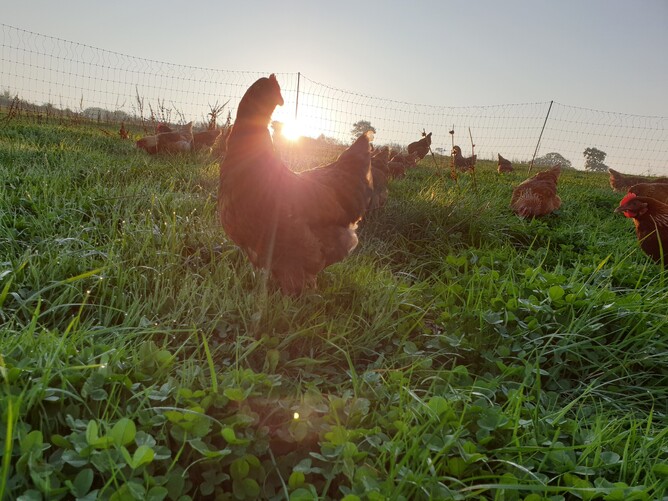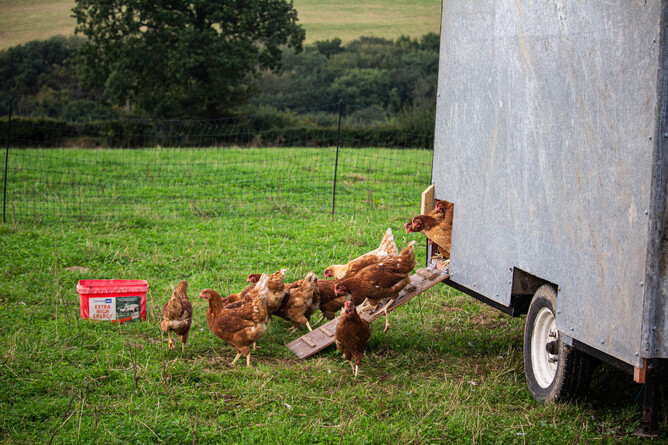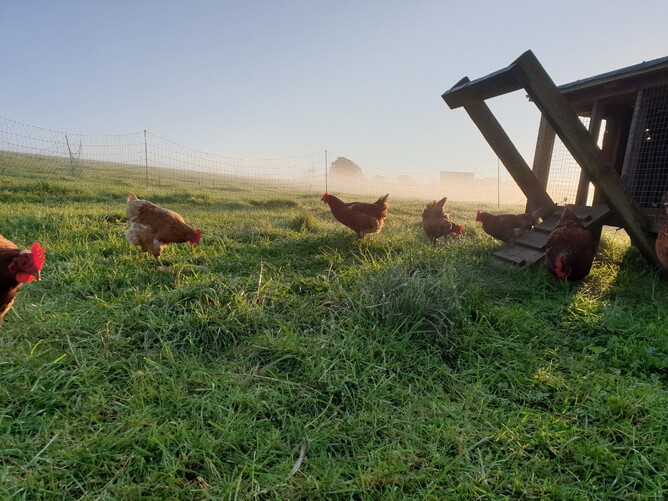I always enjoy my early morning walks with Izzy to let the hens out onto their fresh pasture in the dawn of a new day. It makes me think about how we manage our hens is aligned with their body clocks, with natural daylight affecting their behaviour.
Early risers
Our ladies love to get up early. They’re up and about at first light every morning, so the amount of sleep they get is dependent on the daylight hours. During the day, hens are always active, except for when they nap! A nap can be as short as a few seconds and they often have one eye open so they are aware of any dangers. However, this means only half of their brain can shut down at once.
Sleeping safe
As it turns dark, hens look for somewhere safe to sleep, preferably off the ground. This is a survival trait inherited from their wild ancestors in the jungle to avoid detection from predators when they’re at their most vulnerable - at night.
Luckily, our ladies have their houses to roost in at night, in which they know they are safe from foxes, badgers and any other predators lurking in the darkness. When we move our hens to fresh pasture their houses stay with them, so they always feel safe at night. Natural instincts draw them back in every night as they remember where they woke up that morning.
This is why we move our ladies while they’re in their house so they don’t get confused the next evening!
Natural living encourages natural behaviours
Living as naturally as possible, our ladies are dependent on the day length to control their body clock. They lay more eggs when the days are longer because during summer they can find more food to sustain them. In autumn, as the days get shorter, our older hens moult and grow back a fresh set of feathers to keep them warm in the winter. They lay less eggs during this time as all their energy goes into growing new feathers.
They often take a break from egg laying during winter too. In the wild there would be less food available so laying eggs would use up their energy reserves. Although we provide food for our hens year round, we do not provide our ladies with any additional artificial light so they can rest during winter. This is the time when our young hens begin to lay: being young they do not need to moult and rest. They maintain our egg supply so we can still deliver your weekly order throughout the winter too!
Find out more about our laying hens.
